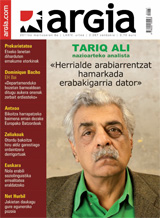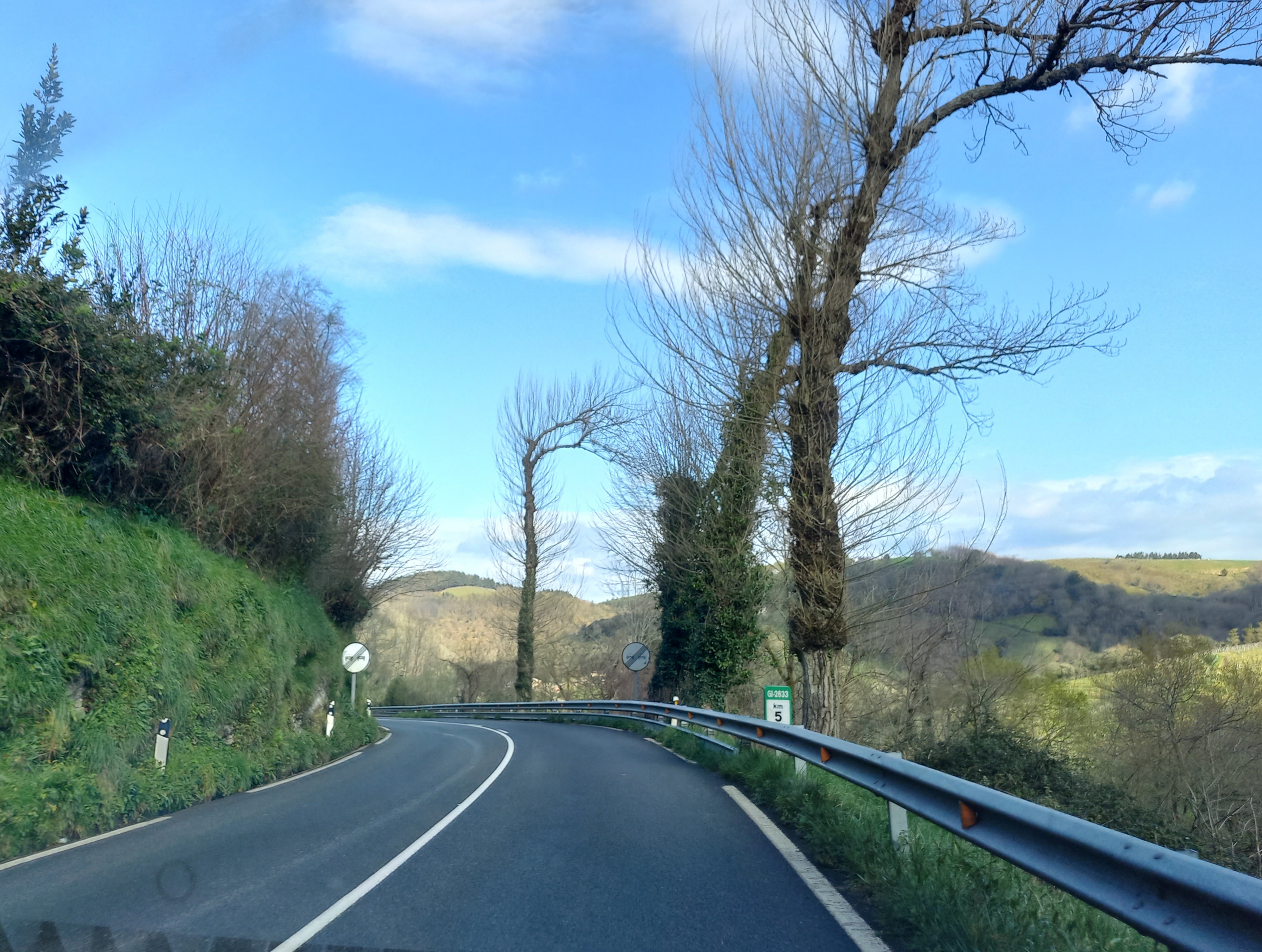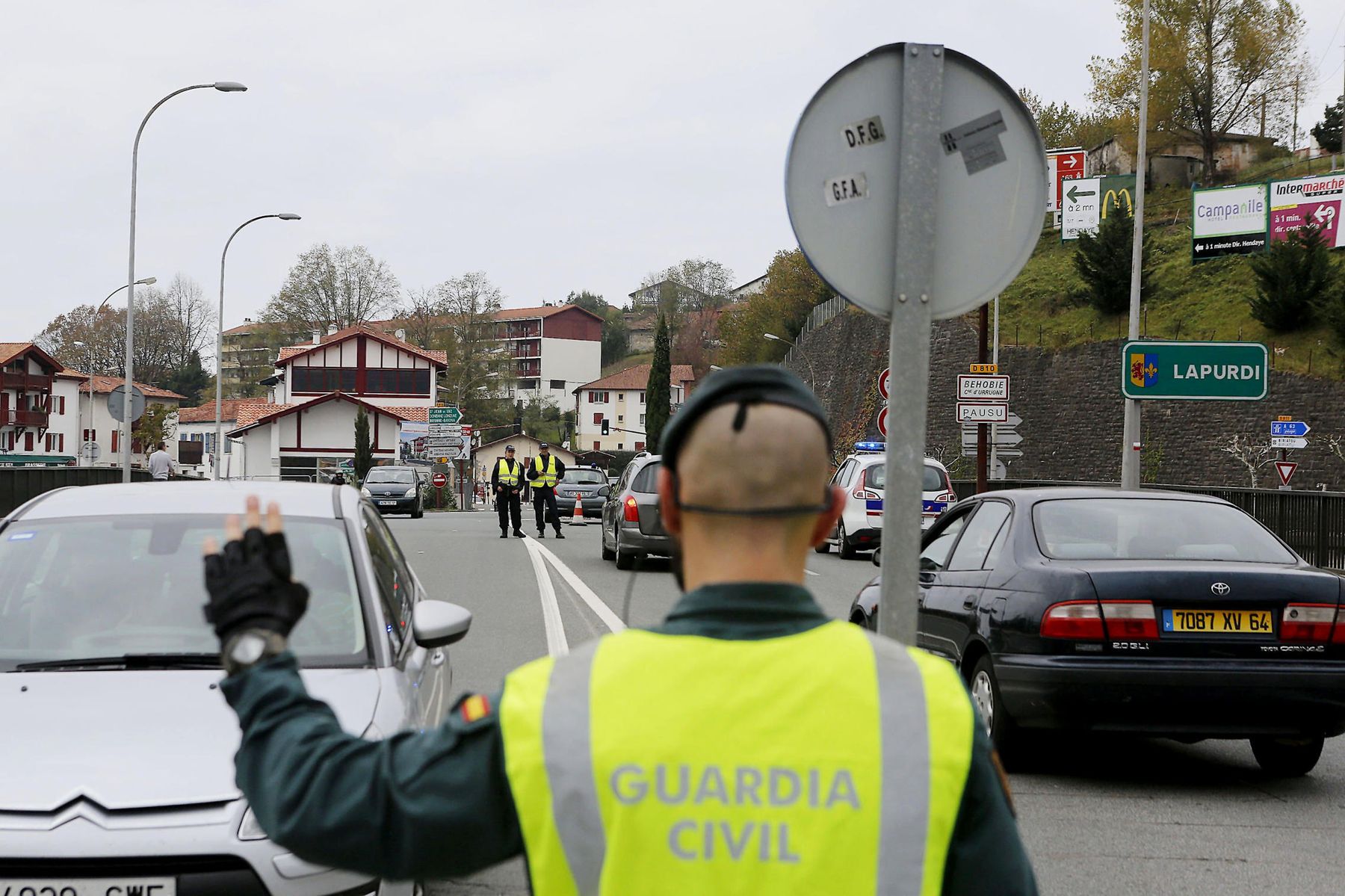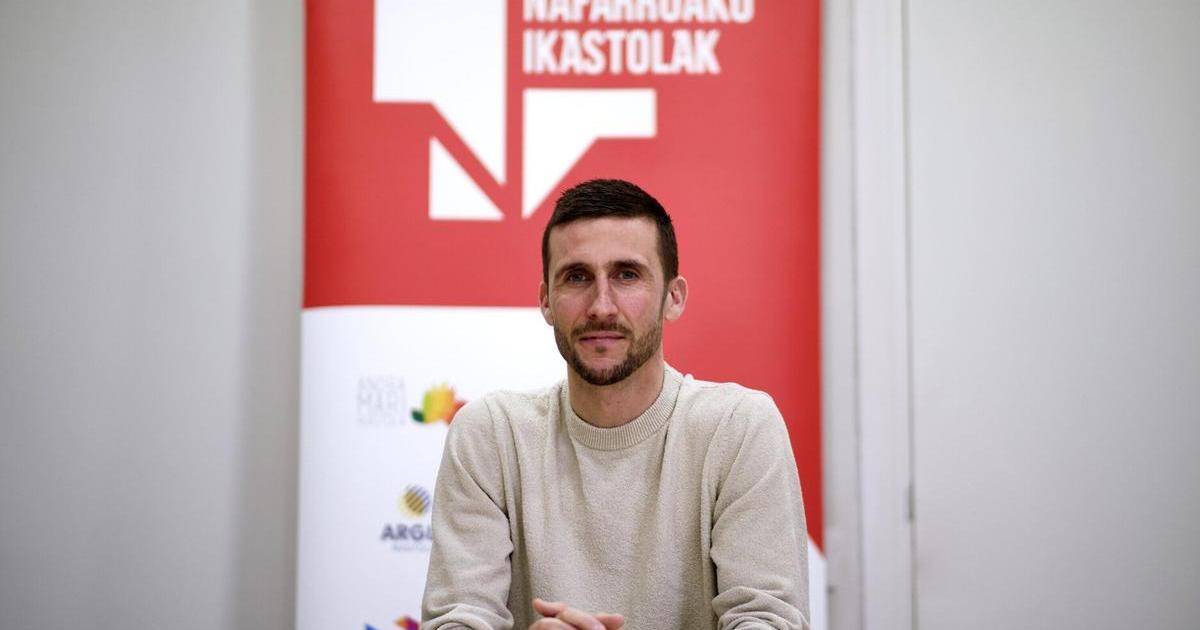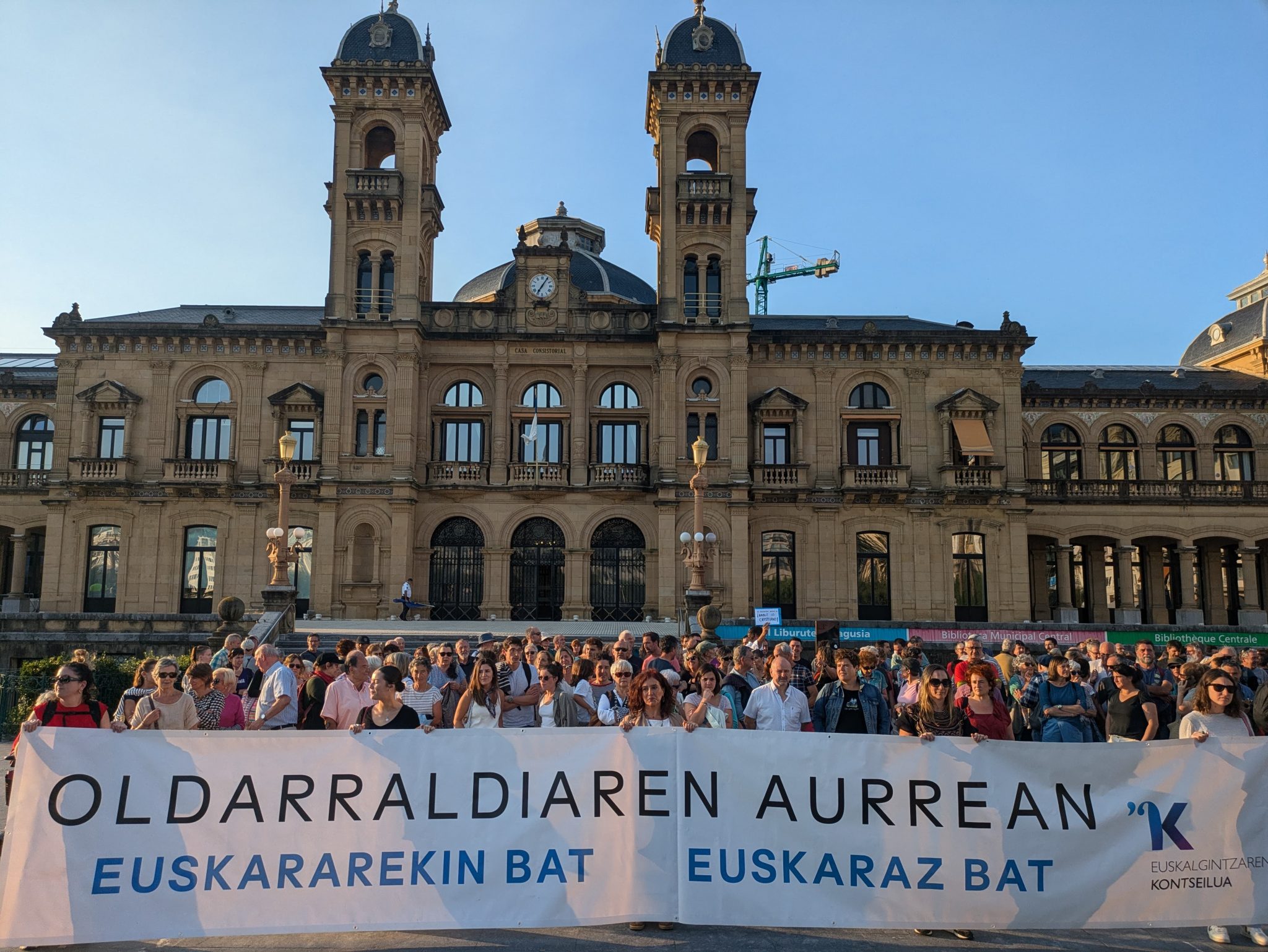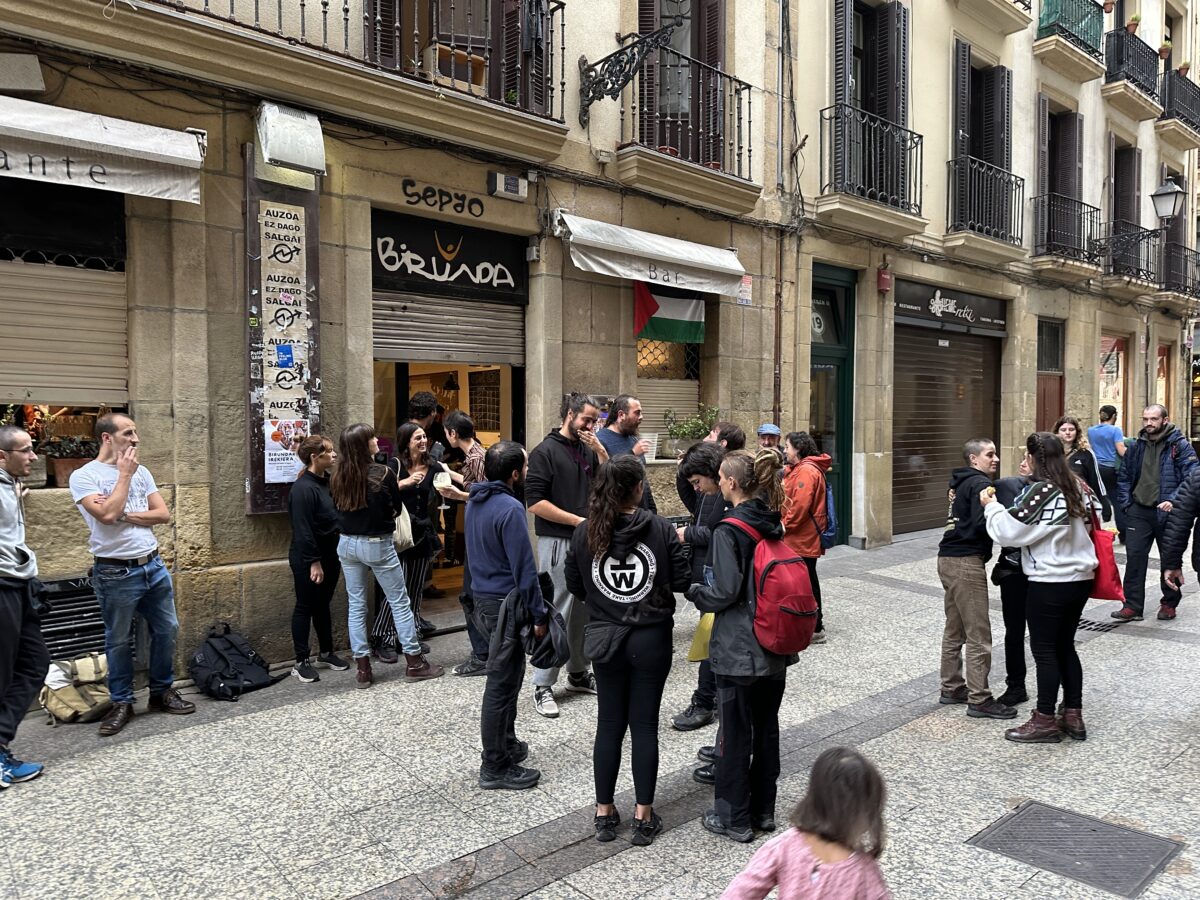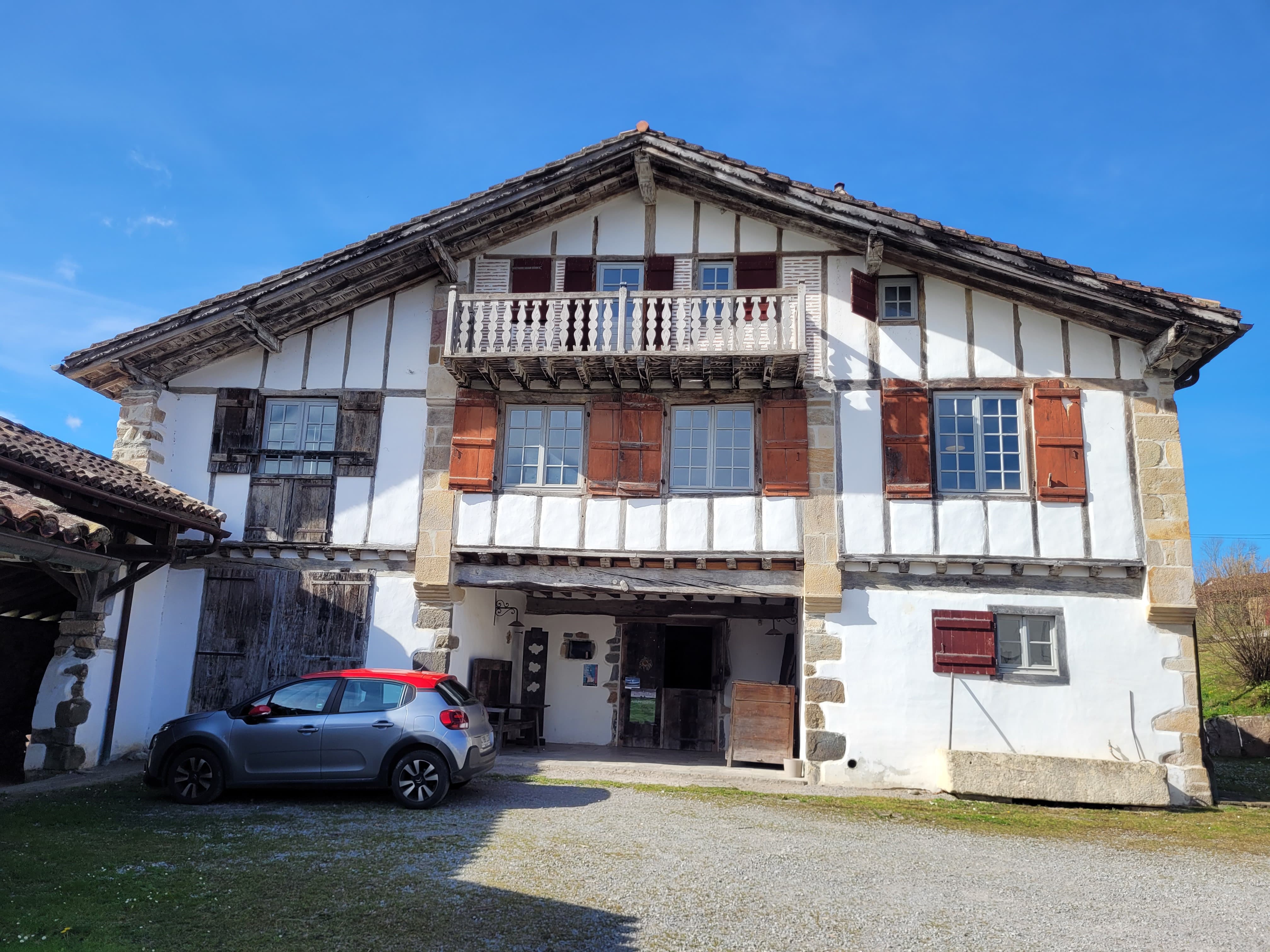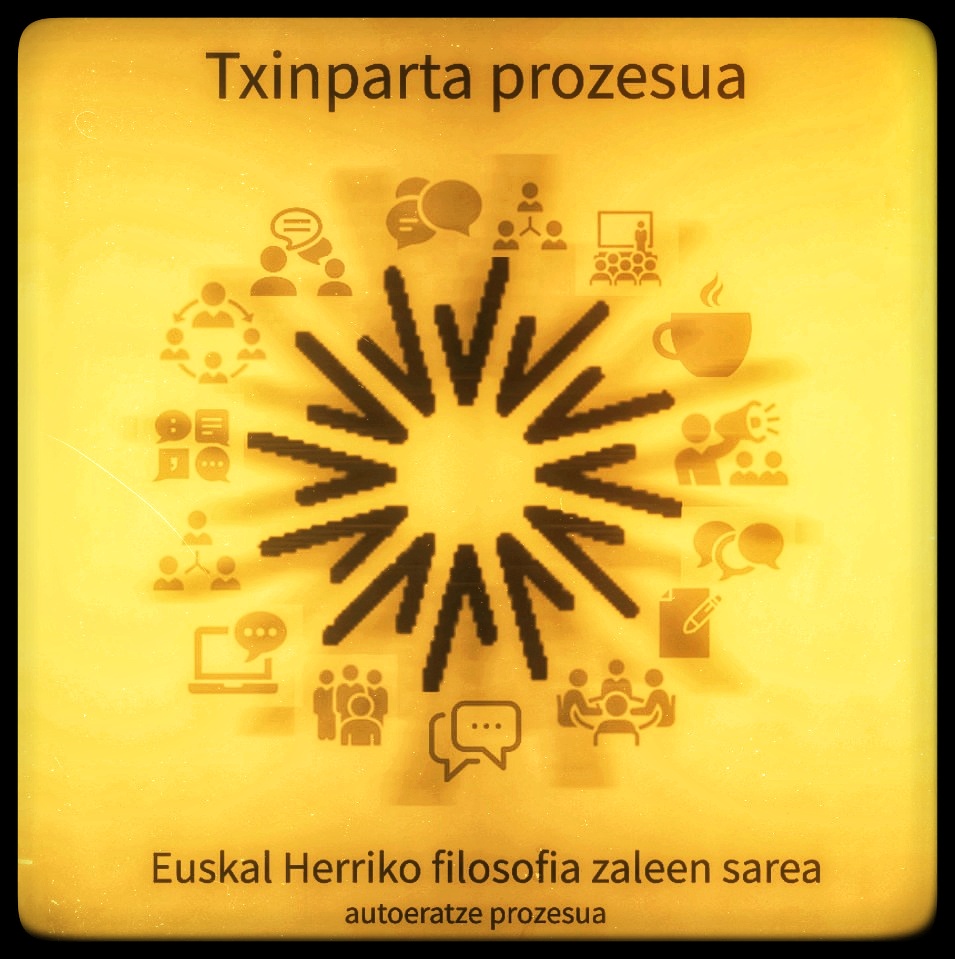In food we have our daily poison
- Those who are lucky enough to be able to see the French ART channel, have a beautiful opportunity on March 15 at 20:40 to get dark: They will offer Notre poison quotidien (Our Daily Poison) by Marie-Monique Robin. Suffice it to say that this investigative documentary is a continuation of the unforgettable Le Monde selon Monsanto.
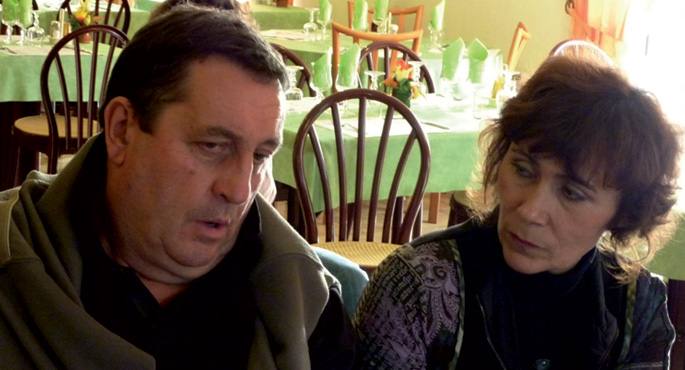
Life expectancy will soon begin to decline in so-called developed countries, a harsh prediction that will be heard in the documentary by Dr. Linda Birnbaum, director of the National Institute of Environmental and Heath Sciences, in the film Notre poison quotidien. This is calculated by the observation of the increase in chronic diseases, cancers, neurodegenerative diseases, reproductive disorders, obesity, diabetes and autoimmune diseases. Because the generations after World War II live among poisons, starting from the mother's womb.
It will be a film to watch. Numerous documentaries have been produced on the damage to human health caused by environmental and food poisons. This, however, is signed by the author of Le Monde selon Monsanto, Marie-Monique Robin (France, 1960), and these are great words.
In addition to the bestseller on Monsanto, it has launched an important Haboro study. In the documentary Voleurs d’yeux (Thieves of the Eye) he talked about the theft and trafficking of human organs, in Escadrons de la mort, l’école français he explained how the experience accumulated by the French military during the Algerian war was later exported to the dictatorships of South America and others. Causing a scandal in France, Robin was summoned to the trial of several military officers in Argentina to offer testimony.
In January, Notre poison quotidien was seen at the FIPA Film Festival in Biarritz. It has since been shown on the Belgian RTBF and the Swiss TSR, plus it has been shown in several French cities, including Bèglen near Bordeaux, and will be broadcast on ARTE TV on March 15.
The documentary Le Monde selon Monsanto explained the depths of the agro-industry linked to the chemical industry. It involved the central idea that new types of genetically modified plants are essentially creatures that can take pesticides well on their own. In the new film the author wants to know what effects these pesticides have on our supplement.
As Robin realized how the toxicity of his products had been hidden by the Monsanto company for a century, new questions arose: “Is Monsanto’s behavior an exception in the history of the industry? How are the 100,000 chemical molecules that have invaded our environment since World War II regulated? Is there a connection between these chemicals and, as the World Health Organization says, the preventable chronic diseases we see in developed countries?”
Robin has been searching for answers for two years. However, it has only explored chemical issues related to food, neglecting other poisons – environmental, chemical and so on. In addition to exploring books and scientific publications, he has spoken with a range of experts in toxicology, biology, and legal standards.
The lie of sustainable doses
Poisons come to the foods we eat every day in industrialized societies through the route of pesticides, additives or additives and food packaging plastics. Are these chemicals polluting poisons? “If these substances were not dangerous,” Robin replies, “we would not need to regulate them.”
Their risk analysis and regulation agencies have been established in the advanced world over the last half century. These guidelines set how much of a chemical we can take per day, the so-called Acceptable Daily Dose (OR). Robin has spent a lot of time studying just how these ORs have been defined, believing that this is one of the keys to the widespread pollution we suffer.
Erik Millstone, who teaches Science Policy at the Brighton University, tells the journalist: “It is the result of an arbitrary decision that has later become a pseudo-scientific concept to excuse industrialists and protect politicians, hidden behind the experts. Those who decided they had the right to use toxic chemicals needed an invention called the Acceptable Daily Dose.”
What the Swiss doctor Parazelso said in the 16th century is famous: “Everything and nothing is poison: the dose makes the poison.” Much has been mentioned in medicine and toxicology, many practical uses have come out of it. But experts have shown Robin that this dogma cannot be used with modern poisons. Because poisons accumulate during daily internalization and, on the other hand, the “cocktail effect” that generates a lot of poison is very important.
The phytosanitary substances used in industrial agriculture in the last 60 years are the variables of the gases produced for war in the root. DDT and other organochlorine substances were subsequently produced from chlorinated gases used to kill men during World War I. In the years that followed, organophosphorus materials were invented for war, and since they were not used by the military, they were recycled for chemical agriculture.
The famous Acceptable Daily Dose was invented so that citizens can eat the plants, fruits and grains rubbed with them without worries. Robin has researched who has defined the doses in each poison and how it controls its use. As announced in the film’s progress and interviews with the author, all information about these doses is controlled, from start to finish, by the chemical industry.
In the film the peasants have a wide margin. These people in their daily work ingest in large quantities the poisons that the rest of the population will later ingest with food. Many viewers will be surprised to learn that the insurance company Mutualité Sociale Agricole has recognized as a disease associated with the profession some serious illnesses that some growers suffer, including cancer and Parkinson’s disease.
Always in search of witnesses, names and surnames are mentioned when there are those who in France have been recognized by the judges as an occupational disease in connection with pesticides. One of them was Yannick Chénet, recently deceased and to whom Marie-Monique Robin has dedicated the film.
Chénet cultivated sixty hectares of wheat and six hectares of vineyards in the Charente Maritime region. He developed myeloid leukemia, as the judges confirmed after long fights, because of the benzene contained in the poisons he used to kill the xomorros of his crops. Very weakened, in 2010 he participated in the tribute to another farmer who is sick for the same reason, Paul François, in the town of Ruffec.
The son of this Paul François is said to have a bladder cancer. The doctor tells them that “he has the disease of the winegrower”. A collateral damage.
Goizean jaiki orduko hasten dira desegokitasunak. Beharbada lotarako erabili duzun lastaira ere ez zen egokiena. Baina, ezin ba idatzi desegoki sentiarazten nauten guztiez. Horregatik, udaberriko ekinozioa –egunaren eta gauaren arteko oreka– dela eta, oraindik ere,... [+]
Guardia Zibilaren historia bat - Hemendik alde egiteko arrazoiak izenburupean, datorren astean argitaratuko dugun 305. LARRUN aldizkariaren pasarte batzuk dira ondorengoak, erakunde armatuaren sorrera garaietan girotutakoak.
Rosa Zarra Ertzaintzaren pilotakada baten ondorioz hil zela da Eusko Jaurlaritzako Poliziaren Biktimen Balorazio Batzordeak atera duen ondorioa, Berria-k jakinarazi duenez. Orain arte, Ertzaintzak beti egin dio uko bertsio horri, eta Rosa Zarra berak zuen gaixotasunaren ondorioz... [+]
Nafarroako Ikastolen Elkarteak lehendakari berria du. Oier Sanjurjok hartu dio lekukoa Elena Zabaleta Andresenari. Beste zazpi kide izanen ditu alboan Sanjurjok.
ELA sindikatuak azaldu duenez, azken Lan Eskaintza Publikoaren oinarrien arabera, Ertzaintzarako eskainitako lanpostuen %20ak eta Udaltzaingoaren %30ak ez daukate euskara-eskakizunik. Gasteizen, adibidez, udaltzain-lanpostuen erdietan, 24tan, ez dago euskara-eskakizunik.
Ustez, lokalaren jabetza eskuratu dutenek bidali dituzte sarrailagileak sarraila aldatzera; Ertzaintzak babestuta aritu dira hori egiten. Birundak epaiketa bat irabazi du duela gutxi.
Inoren Ero Ni + Lisabö
Noiz: martxoaren 14an.
Non: Gasteizko Jimmy Jazz aretoan.
----------------------------------------------------
Izotz-arriskuaren seinalea autoko pantailatxoan. Urkiola, bere mendilerro eta baso. Kontzertuetara bideko ohiko errituala: Inoren... [+]
Euskalgintzak Senpereko Larraldea etxea faltan botako du. Uda gabe, Bertsularien lagunak, bertan gelditzen den azken elkarteak, lekuz aldatuko du eta etxea hetsiko dute. Euskararen, euskal kulturaren eta arteen ohantzea izan da Larraldea, urte luzetan Andoni Iturrioz mezenasak... [+]
Txinparta izeneko prozesua Martxoaren 21ean hasiko da eta urte bete iraungo du. "Udaberriaren hasierarekin batera proiektu herritar berri bat" aurkeztu nahi dutela adierazi dute.
PP, Vox, Junts eta EAJren botoekin Espainiako Kongresuak onartu du otsoa espezie babestuen zerrendatik ateratzea eta, horren ondorioz, berriz ehizatu ahal izango dute Duero ibaitik iparrera.
Berrogei urte dira Euskal Herrian autismoaren inguruko lehen azterketak eta zerbitzuak hasi zirela. Urte hauetan asko aldatu da autismoaz dakiguna. Uste baino heterogeneoagoa da. Uste baino ohikoagoa. Normalagoa.









